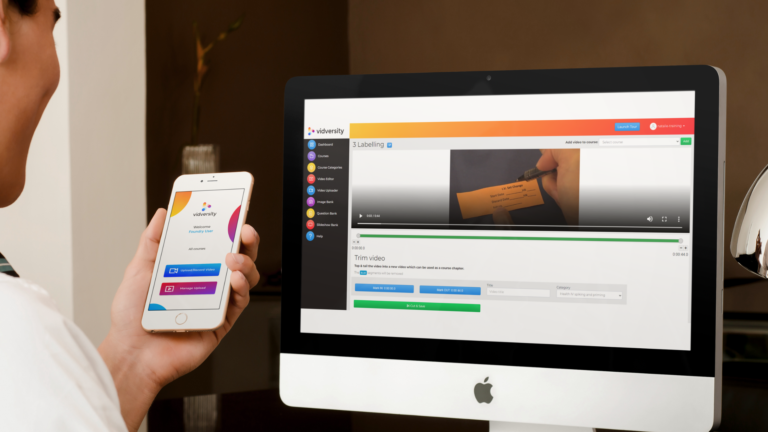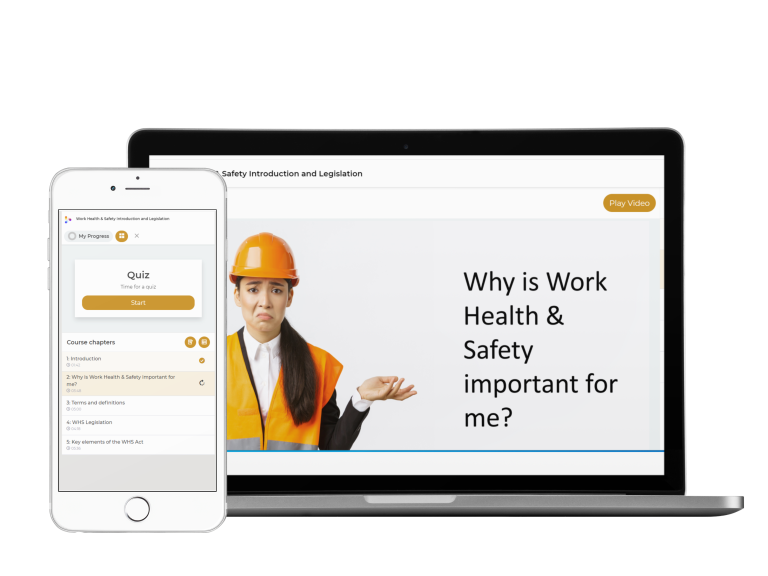[av_heading heading=’Maximising Engagement In Video Learning’ tag=’h2′ style=’blockquote modern-quote’ subheading_active=” size=” av-medium-font-size-title=” av-small-font-size-title=” av-mini-font-size-title=” subheading_size=” av-medium-font-size=” av-small-font-size=” av-mini-font-size=” color=” custom_font=” margin=” margin_sync=’true’ padding=’10’ link=” link_target=” id=” custom_class=” av_uid=’av-kb8rkf0y’ admin_preview_bg=”][/av_heading]
[av_image src=’https://vidversity.com/wp-content/uploads/2017/04/44315706_s-845×321.jpg’ attachment=’6488′ attachment_size=’entry_with_sidebar’ copyright=” caption=” styling=” align=’center’ font_size=” overlay_opacity=’0.4′ overlay_color=’#000000′ overlay_text_color=’#ffffff’ animation=’no-animation’ hover=” appearance=” link=” target=” id=” custom_class=” av_element_hidden_in_editor=’0′ av_uid=’av-kb8rlm7y’ admin_preview_bg=”][/av_image]
[av_textblock size=” av-medium-font-size=” av-small-font-size=” av-mini-font-size=” font_color=” color=” id=” custom_class=” template_class=” av_uid=’av-9lszf’ sc_version=’1.0′ admin_preview_bg=”]
We know that video is the learning medium of the present and future and if done well, it can lead outcomes that other online learning struggles to deliver: the learner will be more invested, and will walk away having learned more.
To achieve this, two types of engagement need to be considered.
The first is passive engagement.
This revolves around the video and its contents compel the learner to watch—and keep watching. There shouldn’t be any barriers or distractions that detract from the content of the video.
A key example is poor audio quality. With the rise in YouTube learners are used to visuals that are not TV studio quality but poor audio is a huge turnoff. It may not be the sole reason someone watches, but when it’s good the learner is more likely to keep listening and stay focused. That’s why we include a lapel microphone in our video capture kits when customers sign up.
Possibly less important that audio but lighting is another area that gets missed and yet is very easy to address with some quick experimentation wherever you are capturing your video. For example, where you sit in the room in relation to lights or windows or you can use lamps to enhance poor light.
Passive engagement strategies
Storytelling
Much of is procedural in nature and it can be delivered very effectively using video and it sometimes only requires presenting the information in a concise, easy-to-follow format.
However, sometimes using stories and scenarios helps to relate the content to the learner. It’s not hard, it can be just a scenario or example to provide context on why they would want to learn the material. Learners love stories and they can be a great way to develop engagement.
Relevancy
It may seem obvious but as engaging as video is, if learners think it’s not relevant, they will disengage. So the relevance of what they are learning be stated early on in the video and restated at times during the video (unless the video is very short).
Now that you’ve captured a great video, you now need to add active engagement. These are the actions that the learner is required to take and it’s critical: research has shown that engagement in passive video drops quickly after six minutes and is almost gone entirely after 12 minutes.
It’s a balance: too many actions or steps for the learners may have the opposite effect so when you add an interaction you should ask: Will this engage the learners? Will this help to deliver the learning objective?
The second active engagement strategies
Learning checks
Learning checks (questions or quizzes) are a great way to keep a learner engaged and ensure that learners are paying attention and focused.
Of course, learning checks also allow you to track learner understanding and for the learner they can assess if they are learning and areas that might need further emphasis.
Hit the pause button
The effectiveness of the pause button is often overlooked. Consider what activities you might have learners do in addition to the video: for example, asking the learner to pause and review a linked document, website or notes and gather information.
Additional resources
You also should think about the content you can provide in addition to the video. What documents, printable notes, slides, links or photos providing other documents can add context to or supplement the video content? You could even add a printable guide learners will use alongside the video to follow steps, answer written questions or take notes.
[/av_textblock]





